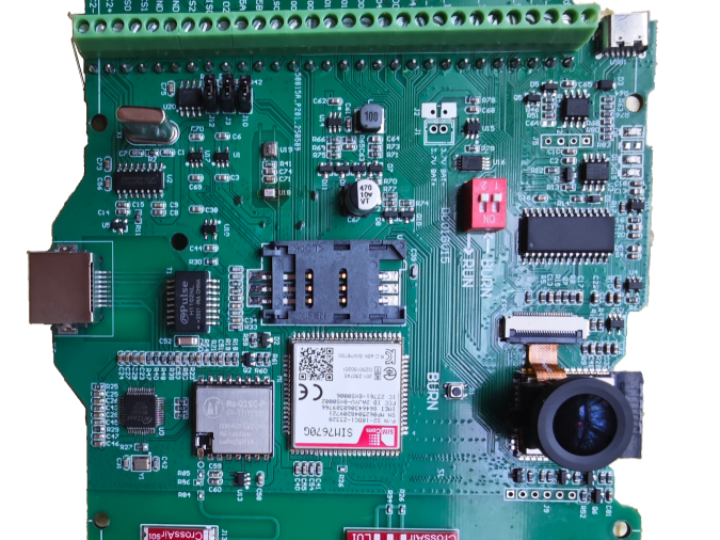dc01-esp32
ESP32-based IoT firmware supporting sensors, W5500 Ethernet, Wi-Fi, OTA updates, and MQTT communication, integrated with the dc01 IoT platform.

🧩 dc01-esp32: ESP32-Based IoT Firmware with W5500 Ethernet Communication
dc01-esp32 is an open-source IoT firmware project built on ESP32 by AIOT Factory, designed to accelerate on-site IoT system development. It supports various sensors and multiple communication interfaces such as Wi-Fi, BLE, LTE, and W5500-based Ethernet, making it a truly end-to-end IoT solution.
🔧 System Overview
[Sensor + ESP32 + W5500]
│ │
SPI(W5500) └── Wi-Fi or LTE
│
[dc01-esp3 Firmware]
│
[dc01-iot-platform Server or MQTT Broker]
🚀 Role and Benefits of W5500 Ethernet Module
While ESP32 supports Wi-Fi natively, WIZnet’s W5500 Ethernet module brings enhanced reliability and performance in industrial or mission-critical environments.
Key Benefits:
| Feature | Description |
|---|---|
| HW TCP/IP Stack | Reduces CPU load by offloading TCP/IP processing |
| SPI Interface | Easy control via SPI with ESP32 |
| Reliable Reconnection | More stable than Wi-Fi after reboot/power loss |
| PoE Support | Possible integration for industrial use |
Use Case:
Use W5500 to transmit sensor data from ESP32 to the dc01-iot-platform via HTTP, MQTT, or WebSocket.
Static IP setup for gateway operation
OTA over Ethernet support
📁 Firmware Structure
ESP-IDF based (Espressif’s official SDK)
Includes main/, components/, and module_w5500/
sdkconfig defines SPI pins, MAC address, DHCP/static IP
Integrated drivers for sensors, Ethernet, and OTA
🧠 Summary from an Engineer’s View
| Feature | Explanation |
|---|---|
| Ethernet | W5500 driver via eth_driver_w5500.c |
| Interface Switch | Wi-Fi or Ethernet selectable |
| Socket | 8 concurrent TCP/UDP sockets (W5500 spec) |
| Cloud | Supports FastAPI, MQTT, WebSocket |
| OTA | Built-in support using ESP-IDF OTA API |
✅ Summary
dc01-esp3 offers a comprehensive ESP32-based IoT platform with built-in Ethernet via W5500, enabling stable and secure network communication. It’s especially suitable for industrial-grade IoT systems where Wi-Fi is not feasible or reliable.
